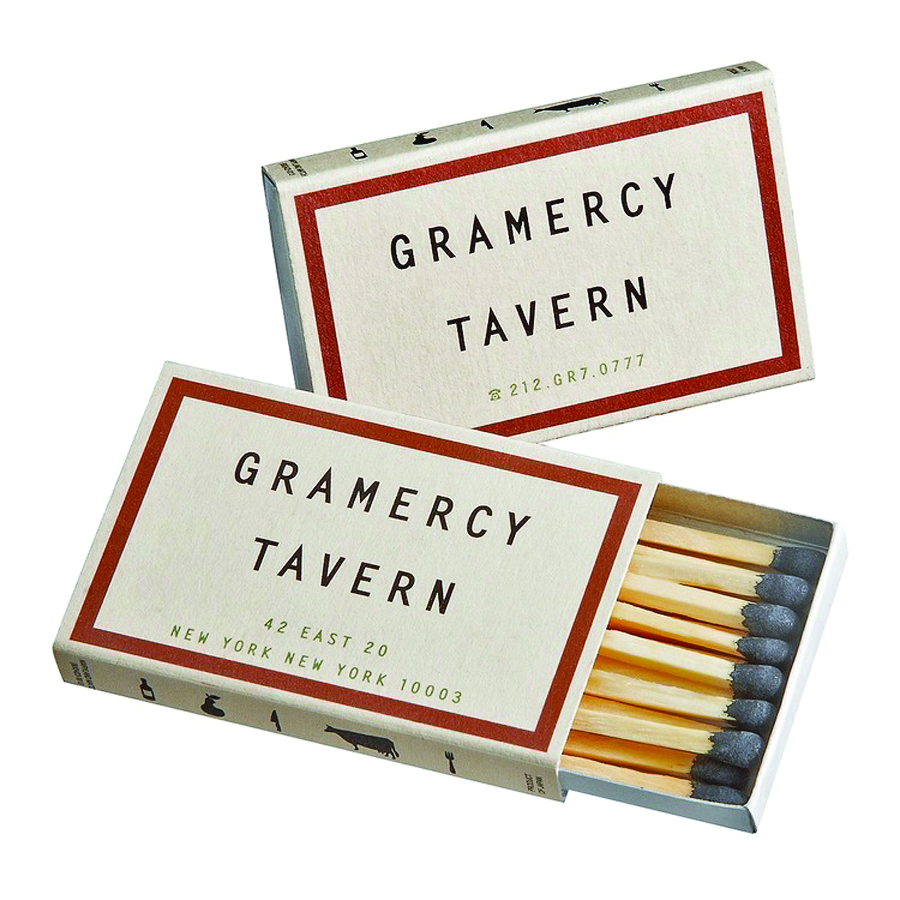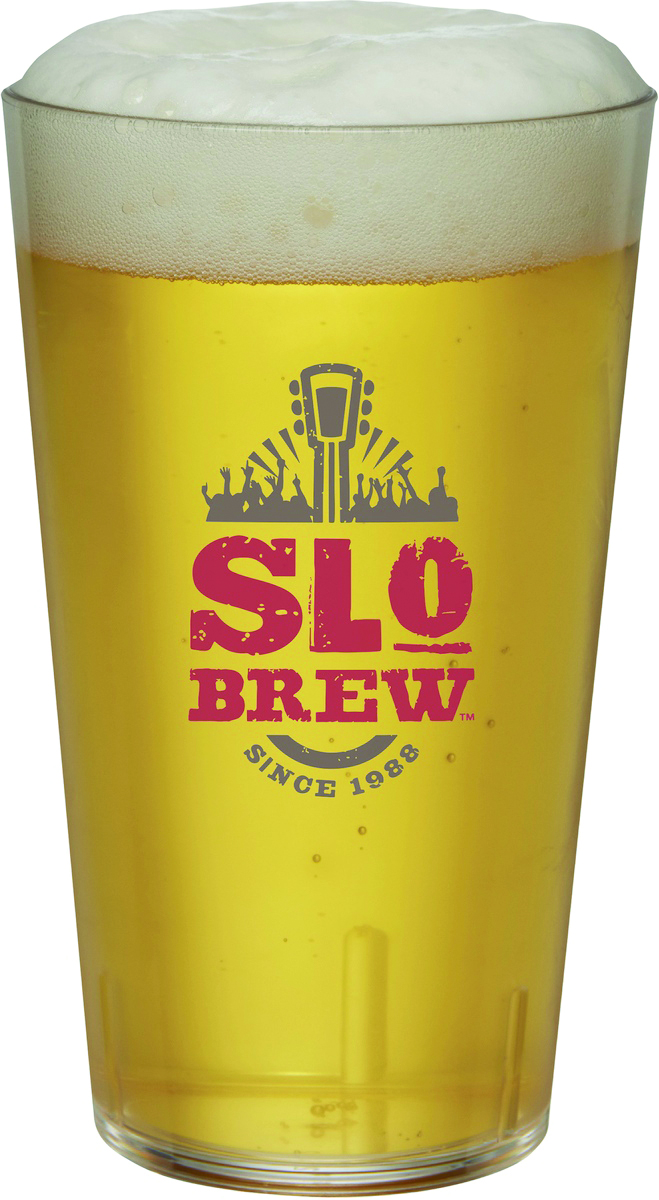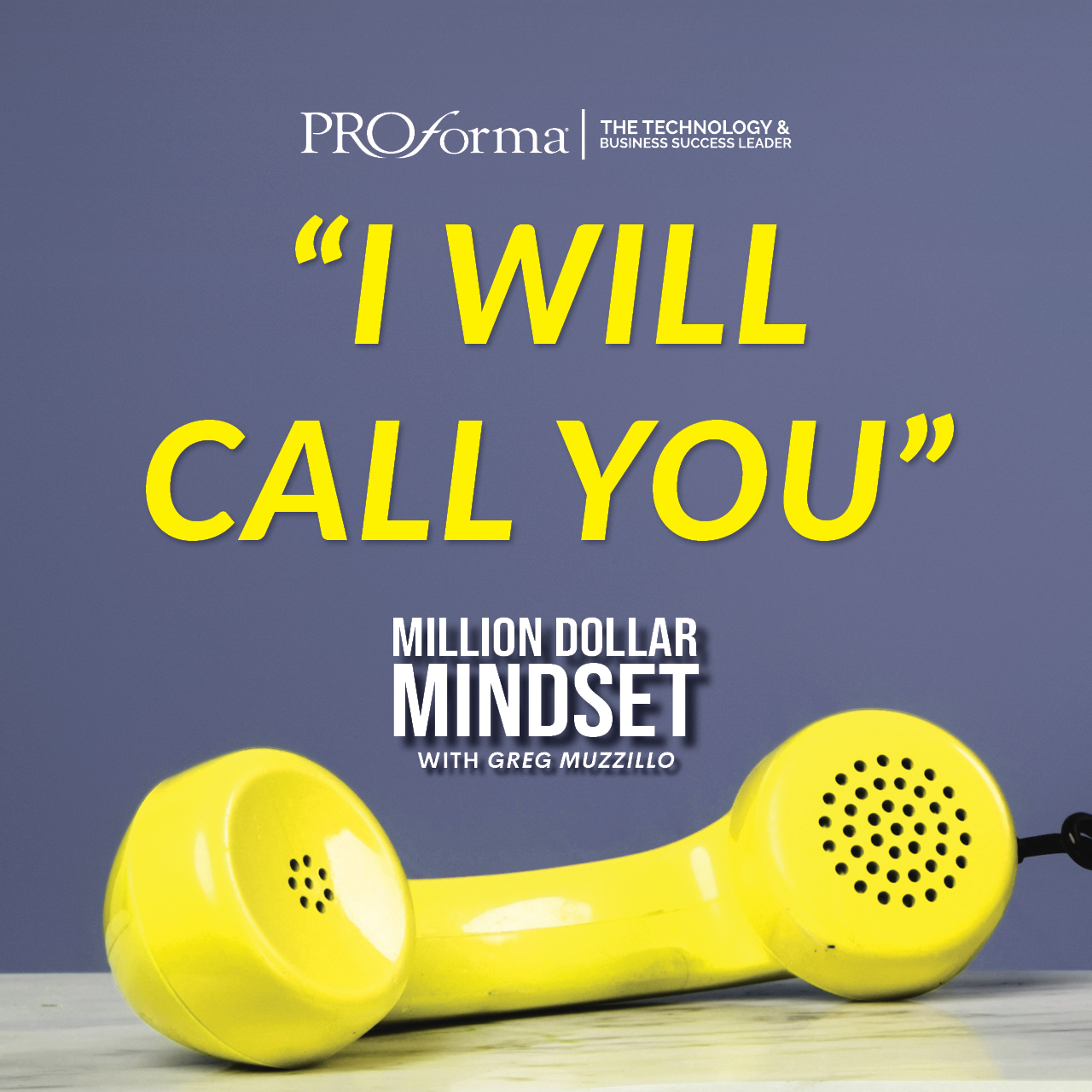Think about the last restaurant you went to. Picture the room, if you can. You likely saw plenty of advertisements for brands other than the restaurant you were in. If it’s a popular chain or hometown favorite, you might have spotted some branded merchandise for that particular establishment, but chances are you saw plenty of signage for beverage brands, maybe some pint glasses with craft beer logos, branded coasters and plenty more. Those didn’t just get there by accident. Selling promotional products to the bar and restaurant industry means more than just selling to the bar or restaurant itself. There’s also sales opportunities with the companies advertising within those bars and restaurants. At least, that’s what Ron Rosencrans, CAS, president of Stamford, Connecticut-based ProRose Inc., told us.
“Distributors see our products and think they can sell them to a bar, but we make napkins holders, condiment trays, things of that nature,” he said. “A bar would only use two, three or five of them. So, we’re selling to the liquor industry, who’s giving them to the bars.”
There is a vast array of products you can offer these companies to sell to restaurants, beyond even just things related to food.
“Bars and restaurants have certainly always ordered branded coasters and cocktail napkins from us over many years,” said Alex Nackman, president of Admatch-Regal, New Rochelle, N.Y. “But, matchboxes and matchbooks are still a very strong part of our line—this despite smoking regulations. I don’t know anyone who’d consciously throw away a book of matches. Another item that we’ve seen a real boost in for bars and restaurants is our linen hand towel. They’re plush and make any restroom nicer, as well as being a way to keep the branding going wherever a customer might be.”

Safety First
The U.S. seems to be catching up to Europe in number of outdoor, informal beer gardens. As these kinds of spaces, along with outdoor areas at traditional bars and restaurants, become more popular, it’s important to take into account the volume of people out in the world consuming alcohol. That means trying to limit broken glass as much as possible.
“We’ve been trying to create products that really can last and hold up to everyday use to compete with glass,” Rosencrans said. “We’re introducing a new line of Tritan [drinkware products]. It’s like an unbreakable plastic, it’s BPA-free, it’s safe to use, it’s a really high-strength plastic and it can go in the dishwasher.”
After all, cleaning up broken glass on a busy patio can be trouble for restaurant staff. And if the restaurant has tables on the sidewalk, it becomes a danger for pedestrians (or dogs).
“This is something a bar can use as an everyday cup,” Rosencrans continued. “If they have an outdoor facility, it’s great for outdoors. If someone drops it, it’s not going to shatter. Nobody gets hurt. It’s lightweight, it has the look and feel of glass.”
These outdoor spaces are also trying to capture a beachy, vacation vibe. To continue our thought exercise here, think about the last beach-themed beer commercial you saw. How did the server deliver it? That’s right—in an icy bucket overflowing with bottles.
“With regards to newer items that have grown in popularity, our IML Plastic High Resolution Beer and Popcorn Buckets have seen a lot of action, especially over the summer or during seasons with parties and BBQs,” Nackman said. “Bars and hotels with outdoor areas have gravitated towards this item. Even film studios have done a lot of promotions with this item at movie theaters or press events when a blockbuster is released. The buckets look great visually, and they’re reusable—souvenir style.”

Bring the Crowd
Finally, think of the most successful bar or restaurant in your town. What do you see? People, right? Every business wants a solid customer base, and your job as a distributor is to make sure your restaurant clients fill those seats and waiting areas.
“Whenever I think of bar promotions, the objective of the bar is to sell as much of their product, either food or beverage, liquor, soda, beer, whatever they’re selling,”
Rosencrans said. “So signage is important, and getting the word out ahead of time driving traffic to the bars [is important for events].”
“The best advice I have is that branding never goes out of style,” Nackman said. “How will that new bar in your town stand out from other bars? Not from an app. Look, we’re back into vinyl records now. Who would have thought that records would become so popular again? That should show folks that a great product never goes out of style. There may be breaks with certain products throughout the years, but a business’ image and brand needs a place to reside. I would bet that everyone has a drawer or bowl in their kitchen full of matches, and they’re not likely to throw them away any time soon. Again, [it’s] branding in its simplest form and at its best.”



